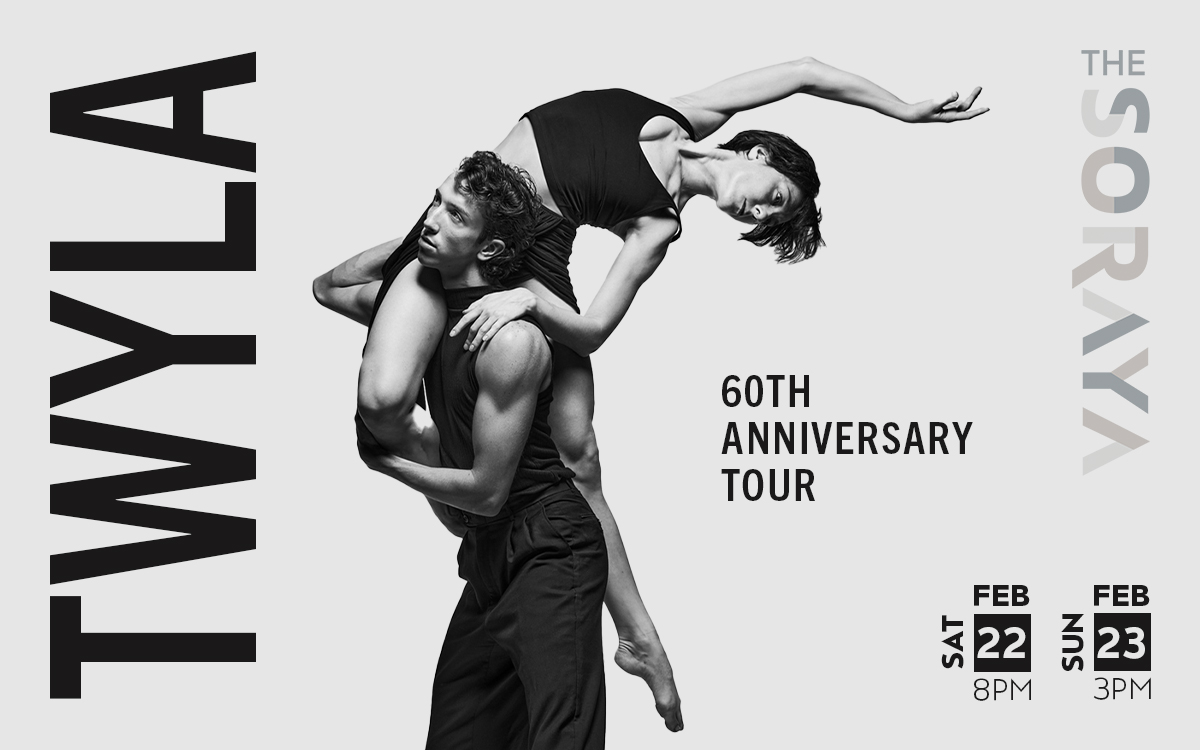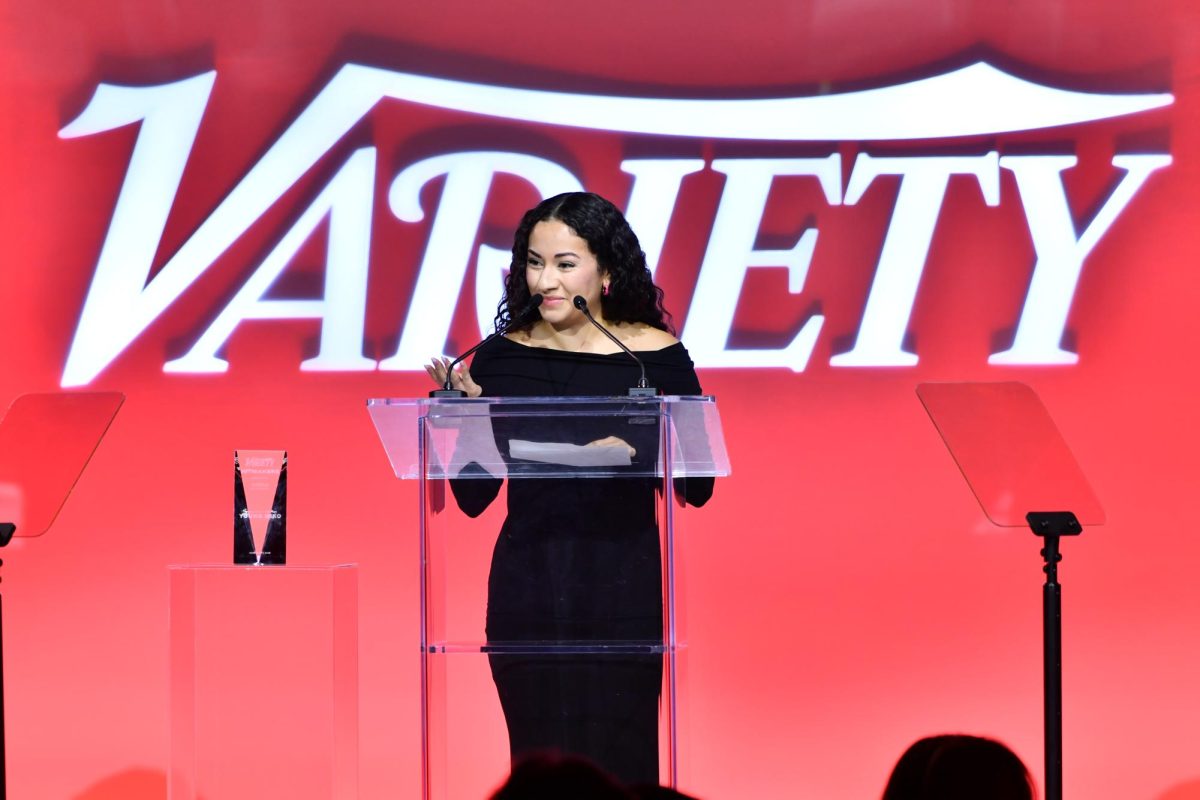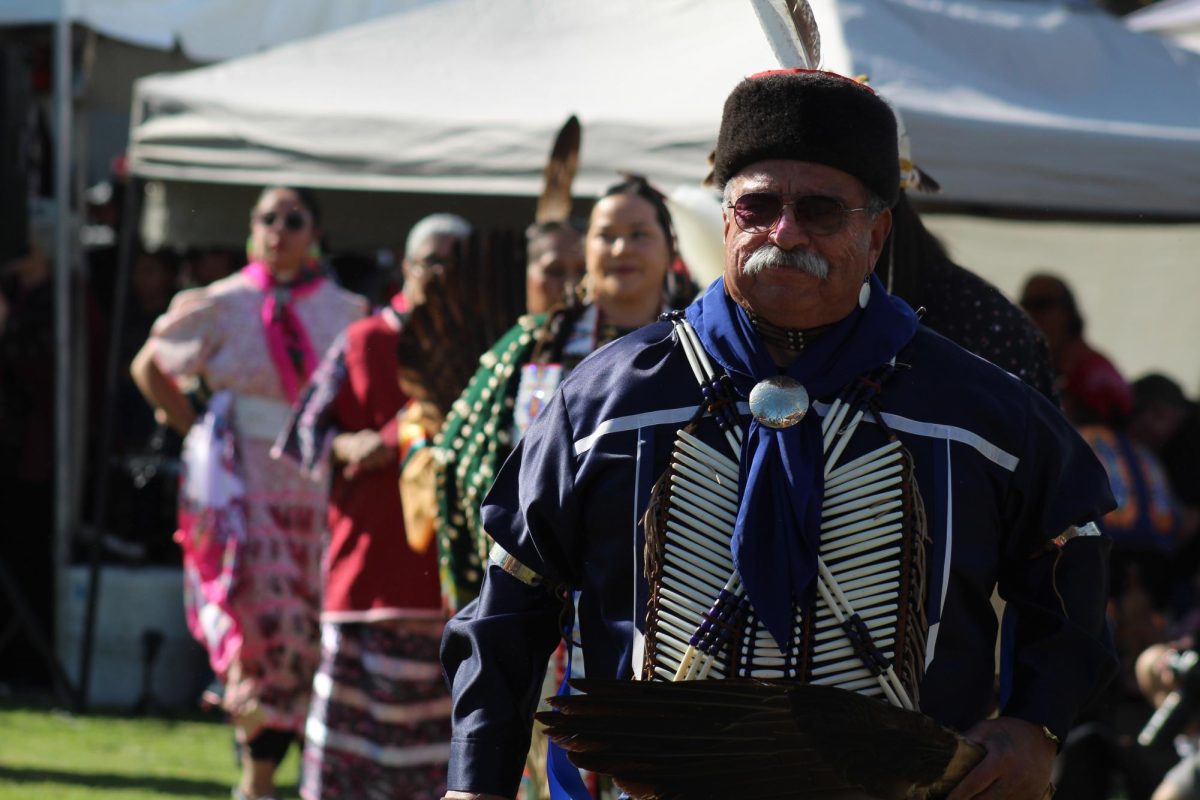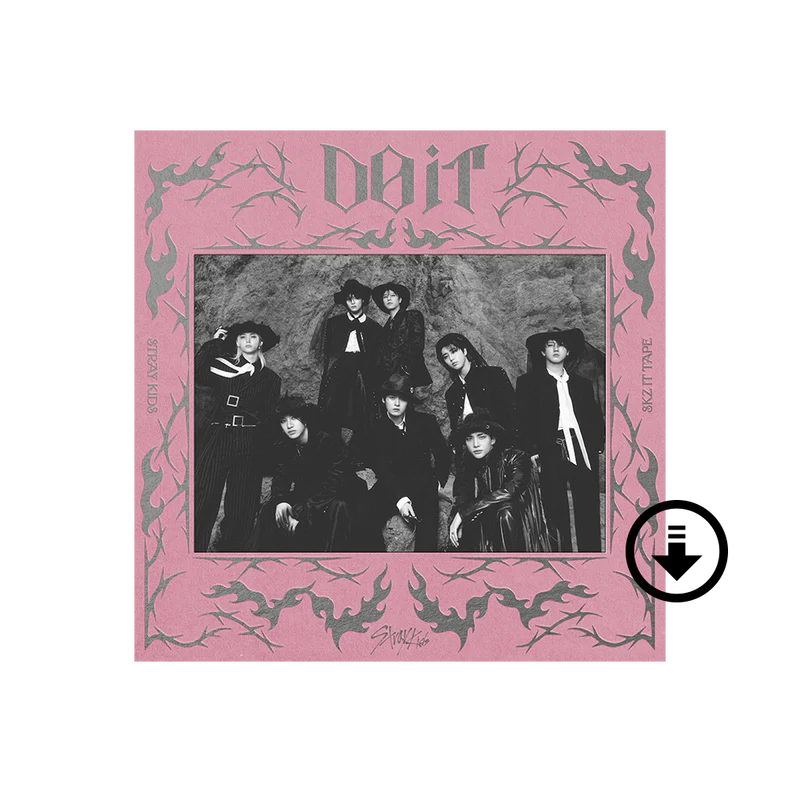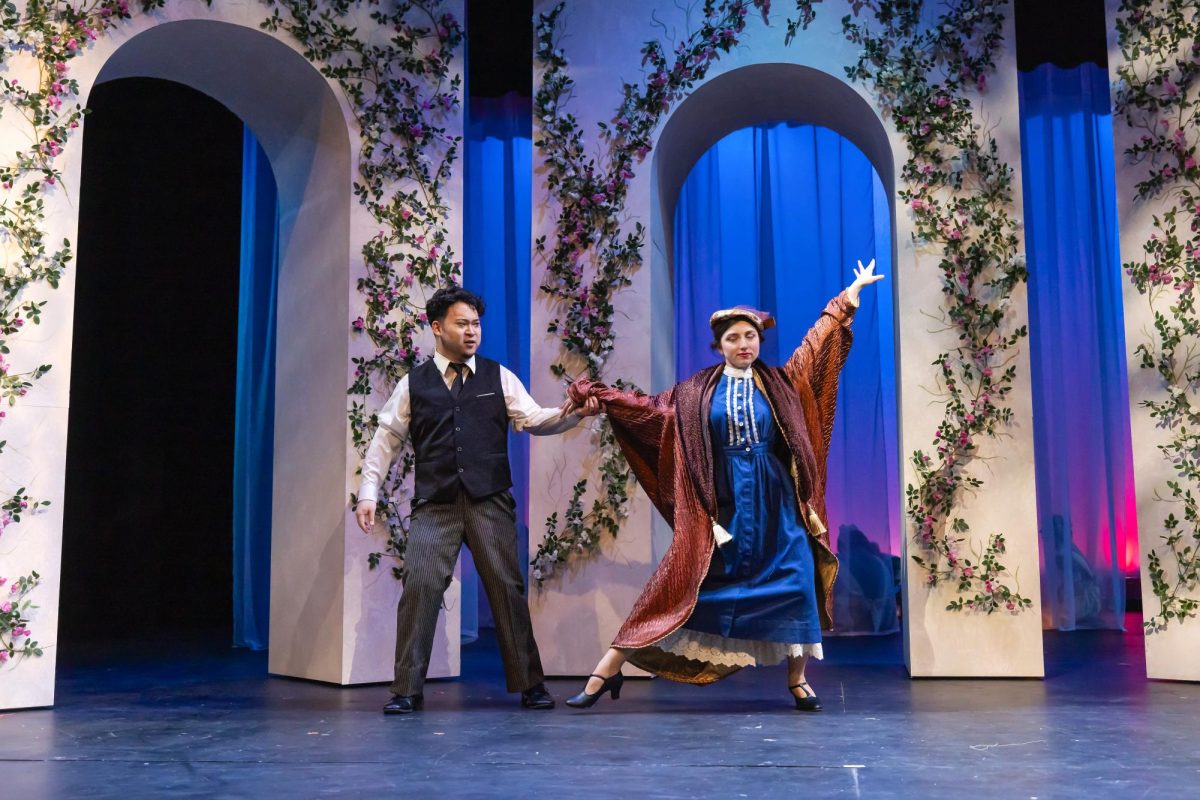The Soraya presented a two-part ballet by renowned choreographer Twyla Tharp and her company on Feb. 22 and 23. The performance’s music was diverse, from Beethoven’s Diabelli Variations to Philip Glass’s minimalist works.
Tharp began her career as a dancer and began choreographing in 1965. She has since created over 160 works, including dances for the American Ballet Theatre, the Paris Opera Ballet and the Royal Ballet. Her work covers ballet, modern dance, Broadway and even film. She has worked with some of the most highly regarded dancers, including Mikhail Baryshnikov.
“She’s been a mainstay of American ballet for a long time,” said former CSUN professor Jens Koepke. “60 years is a long time to still be doing it.”
The first act centered on Beethoven’s Diabelli Variations, with pianist Vladimir Rumyantsev performing on piano. Most initial choreography focused on essential movement elements—swinging arms, skips, gallops and waltz steps—before developing into bits that corresponded closer to Beethoven’s original variations. This created a clear-cut mood for each section thereafter.
The dancers’ costumes in the first act were very simple. All performers wore sleeveless bodysuits with a front design that resembled a tuxedo.
Audience member Yulia McAfee commented on the dancers, noting their “clean lines and great artistic approach.” McAfee added, “They have a fantastic pianist, that was really a great accompaniment.”
Tharp created a movement for each of Beethoven’s variations in the piece. The choreography moved between technical sections and more witty theatrical moments, requiring significant stamina from the performers.
“The duets were outstanding and these dances are very expressive, especially in their faces,” said Koepke. “It’s an emotional performance, more so than other ballets.”
The second act consisted of a shorter program set to compositions by Philip Glass. The two collaborated on “SLACKTIDE,” which features the Grammy-winning Third Coast Percussion ensemble.
With one spotlight shining from the right stage throughout the entire performance and a changing-colored backdrop to denote the tone of each section, the performance created an ethereal atmosphere that drew some audience members in. Another audience member, Anna Borey, described it as “very technical and fast-paced; it’s whimsical.”
The Glass suite starkly contrasted with the first half. It was inspired by Glass’s previous work, “Aguas da Amazonia,” from the 1990s and intended to reflect on the climate change crisis.
The Soraya will host several dance performances in the coming months, starting with Ballet Folklórico de México de Amalia Hernández on March 14 and 15 and the Martha Graham Dance Company on April 26. Tickets for upcoming events are available through the Soraya’s box office or online at thesoraya.org.
